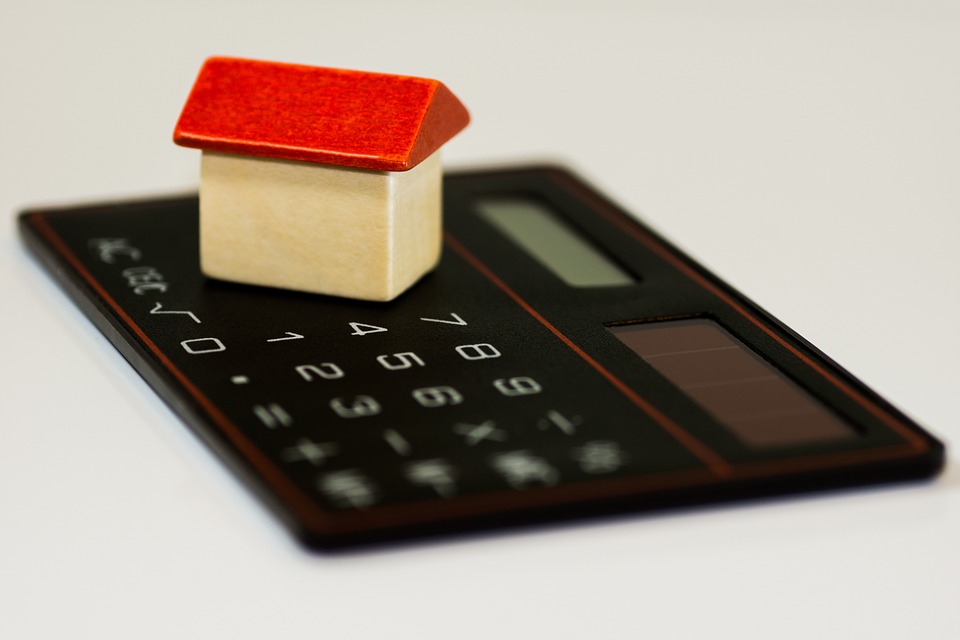New-build sales plummeted by almost a quarter in the first three months of 2019, rendering the Government’s housing incentives “impotent,” research claims.
Analysis by property adviser London Central Portfolio (LCP) found that the number of new-build transactions in England and Wales dropped 24.3% between the fourth quarter of 2018 and the first three months of the year to 95,935.
Naomi Heaton, chief executive of LCP, said: “Despite the Government’s various schemes created to incentivise the purchase of new homes, the calamitous state of UK politics is rendering them impotent.
“The uncertainty rolls on.”
The new homes transaction figure doesn’t include greater London, where new-build sales were down 19% on a quarterly basis to 13,003.
It comes as LCP analysis of Land Registry data suggests there were 885,889 sales across England and Wales, including transactions in London and new-builds, during the 2018/2019 financial year.
This is below the 1.2m estimated by HMRC based on Stamp Duty receipts.
Heaton told EYE that the discrepancy could be due to HMRC’s statistics including the whole of the UK, while the Land Registry doesn’t include transfers such as those under power of sale repossessions or to companies.
Heaton added that HMRC and Land Registry data never corresponds and said LCP has not had an explanation despite raising this several times.
There is also plenty of gloom in the wider market when it comes to prices and sales.
LCP found that average property prices in England and Wales, excluding London, are now growing at their slowest rate since 2013 at 2.9% annually to £254,196 in March.
Sales volumes in England and Wales, excluding London, fell 0.8% in the 12 months to March to 798,521.
In prime central London, average prices were up 1.8% annually to £1.84m, while transactions fell 15.7% to 3,378 over the same period.
Average prices in greater London were up 1.4% annually to £624,343, while sales fell 3.4% to 87,368 in the year to March 2019 – 24.7% lower than at the EU referendum in June 2016.
Heaton added: “The Brexit wobbles that have been evident in the capital for some time are now impacting on England and Wales.
“Buyers’ faith in the market has waned and sellers are beginning to question whether now is the best time to make a move.
“In previous market cycles, London has often been an early indicator of what was to come for the rest of the UK. This may well presage more bad news to come for the domestic market.”
By MARC SHOFFMAN
Source: Property Industry Eye


